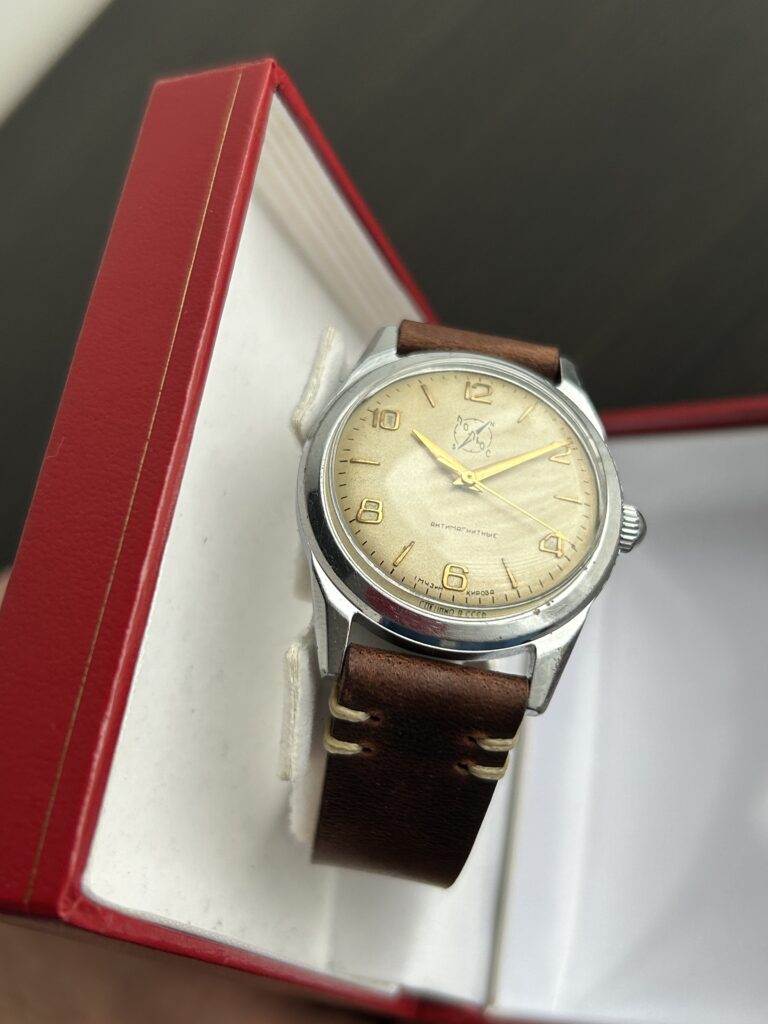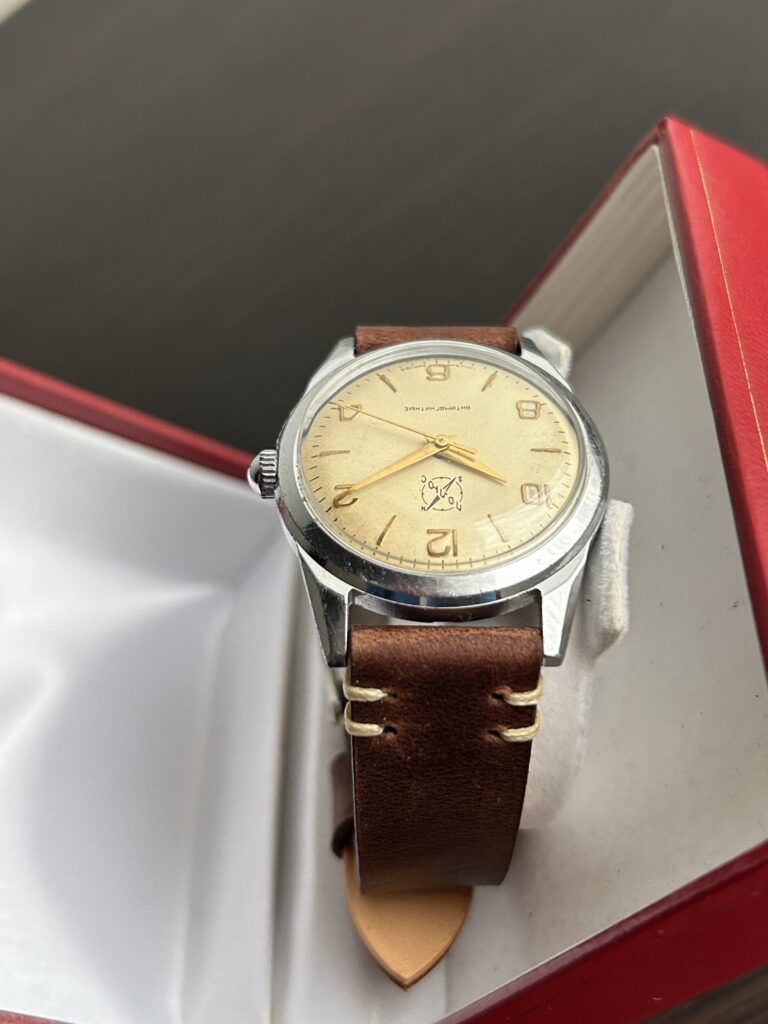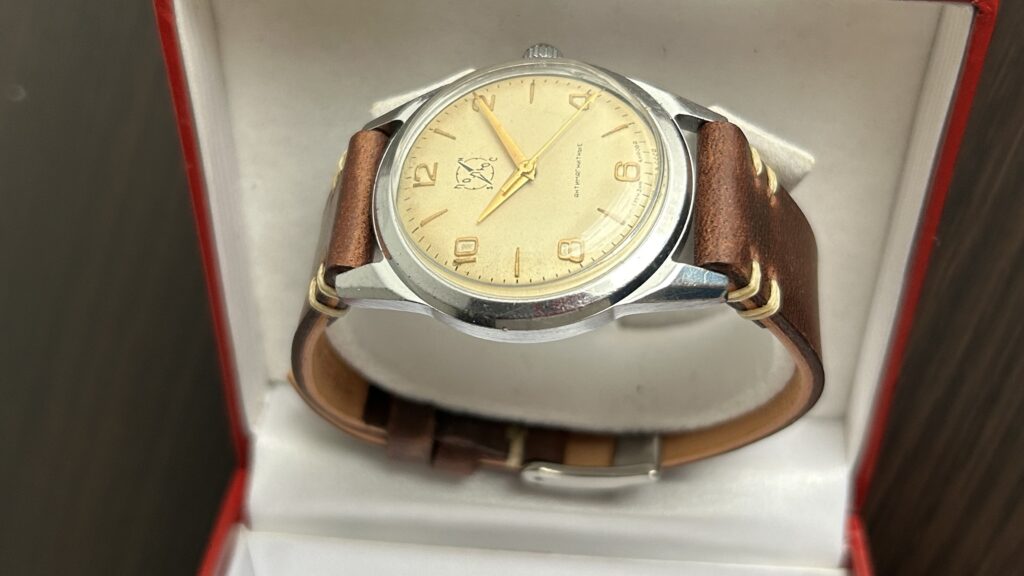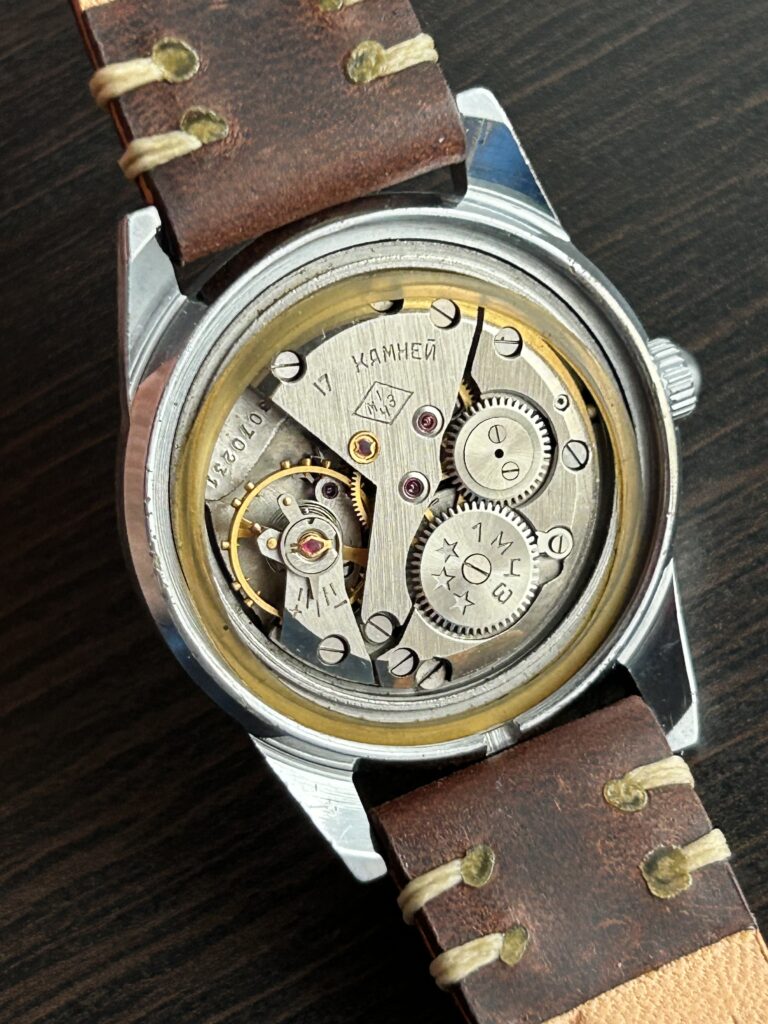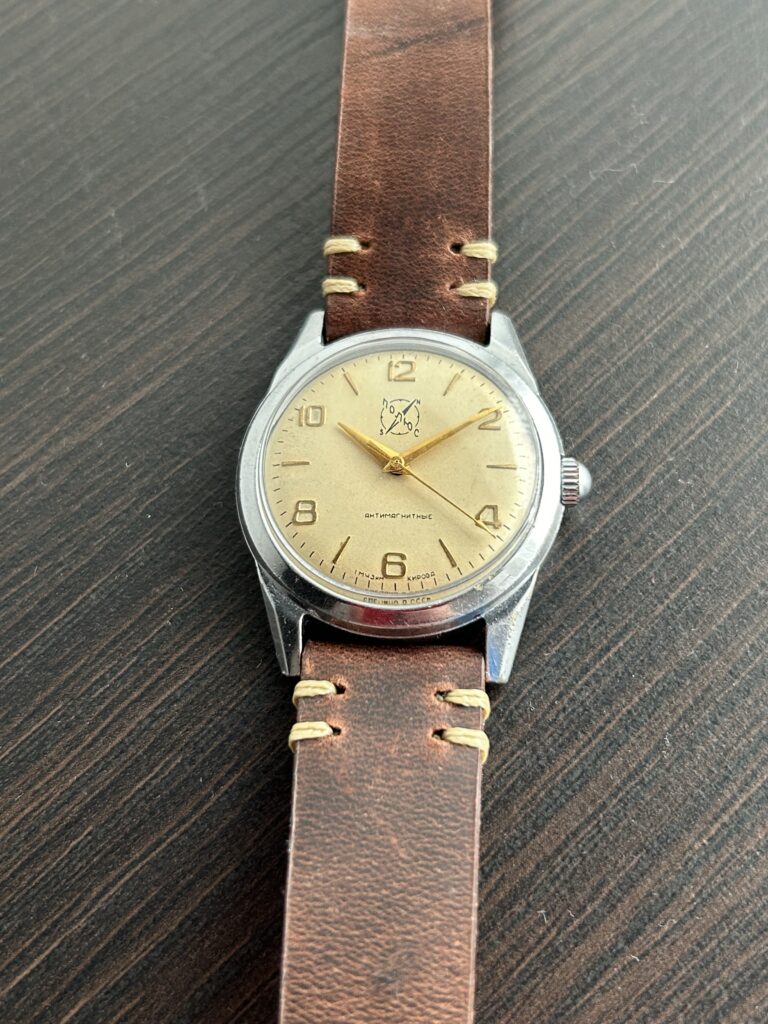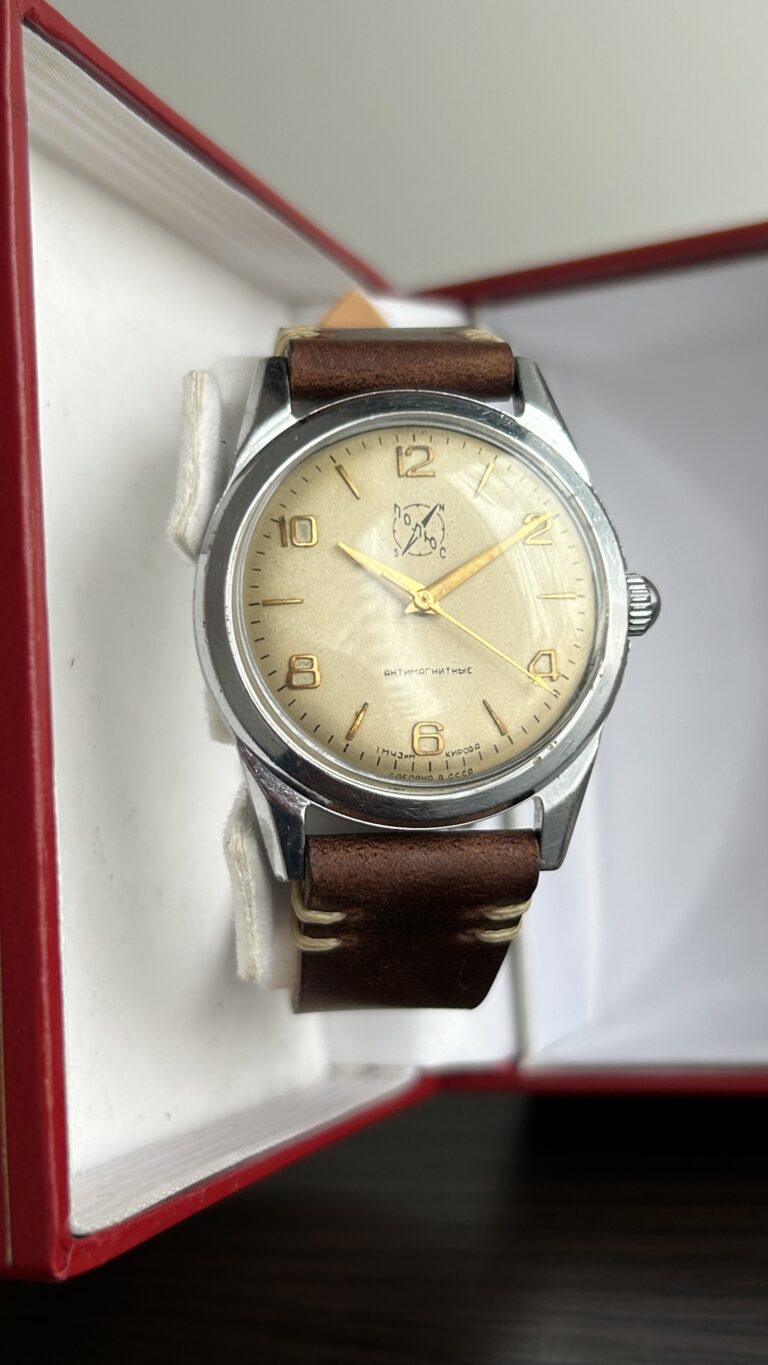Poljus Watch - Cold War Precision in Polar Exploration
In the early 1960s, amidst the backdrop of the Cold War, the Poljus watch emerged in limited quantities. Bearing the Russian name meaning “pole,” this timepiece was not featured in any catalogs, hinting at its purpose as more than just a civilian accessory. Instead, it was likely a precision instrument issued to professionals involved in Soviet polar expeditions. During the Cold War, both the United States and the Soviet Union were engaged in a technological arms race, with each side striving to outdo the other in various fields. In the realm of timekeeping, precision was not merely a matter of punctuality but held strategic importance in military and scientific endeavors. The Poljus watch, although not prominently showcased in commercial markets, played a crucial role in the Soviet Union’s exploration of polar territories.
Poljus distinguished itself with a unique feature – a double anti-magnetic shield, creating what is essentially a Faraday cage. This design was not just a stylistic choice; it was a strategic response to the heightened magnetic fields present in polar regions, making the watch ideal for extreme environments. The heart of this timepiece was its 2410 movement, a magnetic-resistant variant of the 2409.
The Faraday Cage concept
What set the Poljus apart from its counterparts was its innovative use of a double anti-magnetic shield. The first layer was positioned behind the movement within the case, providing protection at the core. The second shield was strategically placed just behind the dial. Together, these shields formed a complete Faraday cage, shielding the delicate internal components from the intense magnetic fields prevalent in polar latitudes. This design reflected a thoughtful engineering approach, ensuring the timepiece’s reliability in conditions where magnetic interference could compromise accuracy.
A Faraday cage is a protective enclosure designed to block electromagnetic fields. In the context of the Poljus watch, this concept was adapted to shield the timekeeping mechanism from the potent magnetic forces found in polar regions. The dual-layered defense system showcased the Soviets’ commitment to creating watches that could withstand the harshest conditions, showcasing their dedication to technological excellence even in the most challenging environments.
The Poljus Watch - Functionality in Extreme Conditions
At the heart of the Poljus watch was its 2410 movement, a specialized and anti-magnetic variant derived from the 2409. This movement not only exemplified Soviet engineering prowess but also underscored the watch’s suitability for use in polar expeditions. Its robust construction, coupled with anti-magnetic features, ensured that the watch continued to function accurately despite the challenging magnetic landscapes encountered in polar territories.
The Poljus watch, with its discreet entry into the horological scene, tells a tale of Cold War innovation and strategic timekeeping. Crafted for the professionals navigating the extreme conditions of polar expeditions, it stands as a testament to Soviet engineering brilliance. The dual anti-magnetic shield and the specialized 2410 movement showcase a dedication to precision and functionality, making the Poljus watch a distinctive relic from a bygone era of Cold War competition and technological advancement.

